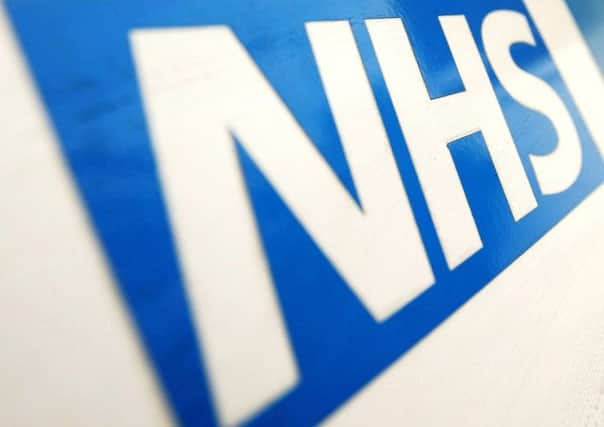A&E units face worst winter yet, say doctors


Longer delays for patients in casualty first emerged a year ago, with problems persisting into the spring and summer.
A host of issues have been blamed for the waits, with many claiming they are a symptom of wider pressures on the NHS including difficulties accessing GP out-of-hours care, shortages of junior doctors in key specialties and delays for frail patients leaving hospital due to cutbacks in social services.
Advertisement
Hide AdAdvertisement
Hide AdNHS national medical director Sir Bruce Keogh is expected to publish a long-term vision for A&E next week, but changes will not come ahead of the winter.
Yesterday Bernadette Garrihy, a member of the board of the College of Emergency Medicine, said recent Government measures to ease the pressure on A&E amounted to “a drop in the ocean” and warned doctors were concerned about their ability to provide “a safe and quality service” this winter. Patients should only attend casualty departments “as a last resort”, she said.
She said “sweeping changes” were needed and called on all parts of the NHS and social services to consider seven-day operations, to provide out-of-hours care for patients in the evenings and at weekends.
Attendances, rates of hospital admissions and complexity of cases were all increasing, she said, but part of the problem was growing numbers of patients visiting A&E when they could better be dealt with outside hospital.
Advertisement
Hide AdAdvertisement
Hide Ad“Certainly we are finding that our increased attendances – particularly out of hours, in the evening and night and at weekends – seem to be because patients aren’t able to access any other sources of care,” she said.
“They are either unaware of them or they believe that they are not available to them, so they are coming to the emergency departments at a time when we have great issues around staffing, particularly senior medical staff, and significant issues as well about flow in our departments because we have toxic overcrowding in our departments due to bed-blocking in our hospitals.
“We are concerned about providing a safe and quality service this winter.”
Sir Bruce accepted there was “a feeling that this year is worse” in terms of the winter pressures, but said planning for the winter had started earlier than usual and revealed the NHS was aiming to “decongest” hospitals by moving some services into the private sector.
Advertisement
Hide AdAdvertisement
Hide AdSir Bruce said: “We know that of the five million admissions that come in through A&E, just over one million of those are avoidable if we could offer better services in the community – going to their GPs or GPs going to them or ambulance services helping them at the scene.
“We know that 50 per cent of 999 calls could result in people being treated at home. We know that of the 20 million people who attend our urgent care services a year, 40 per cent of those people leave without any form of treatment. So there is a big educational exercise...
“One of the things we will be considering in our strategy is that we need a better offer outside hospitals. What we are really seeing, although this is manifest in A&E, this is a problem of the whole system.
“Winter is going to be a particular issue. We have to address the problems coming up this winter and we have to address the longer-term problem.”
Advertisement
Hide AdAdvertisement
Hide AdDr Garrihy urged patients to consider other options before heading to A&E.
“People should look after themselves this winter, they should keep warm, they should look after the elderly and keep them warm,” she said. They should keep simple remedies in the house, they should try to talk to their GP if they can, they should use the 111 service and then only as a last resort if any of these fail, access the emergency departments.”